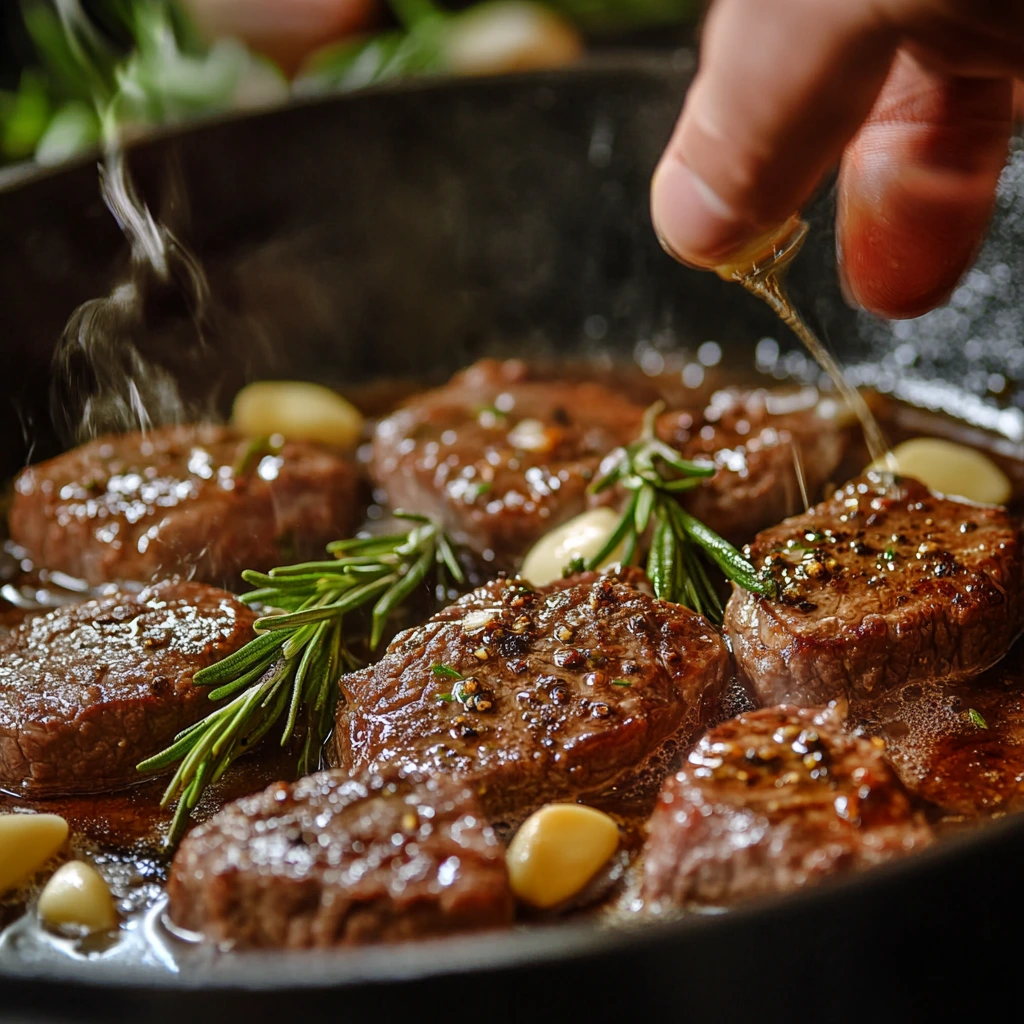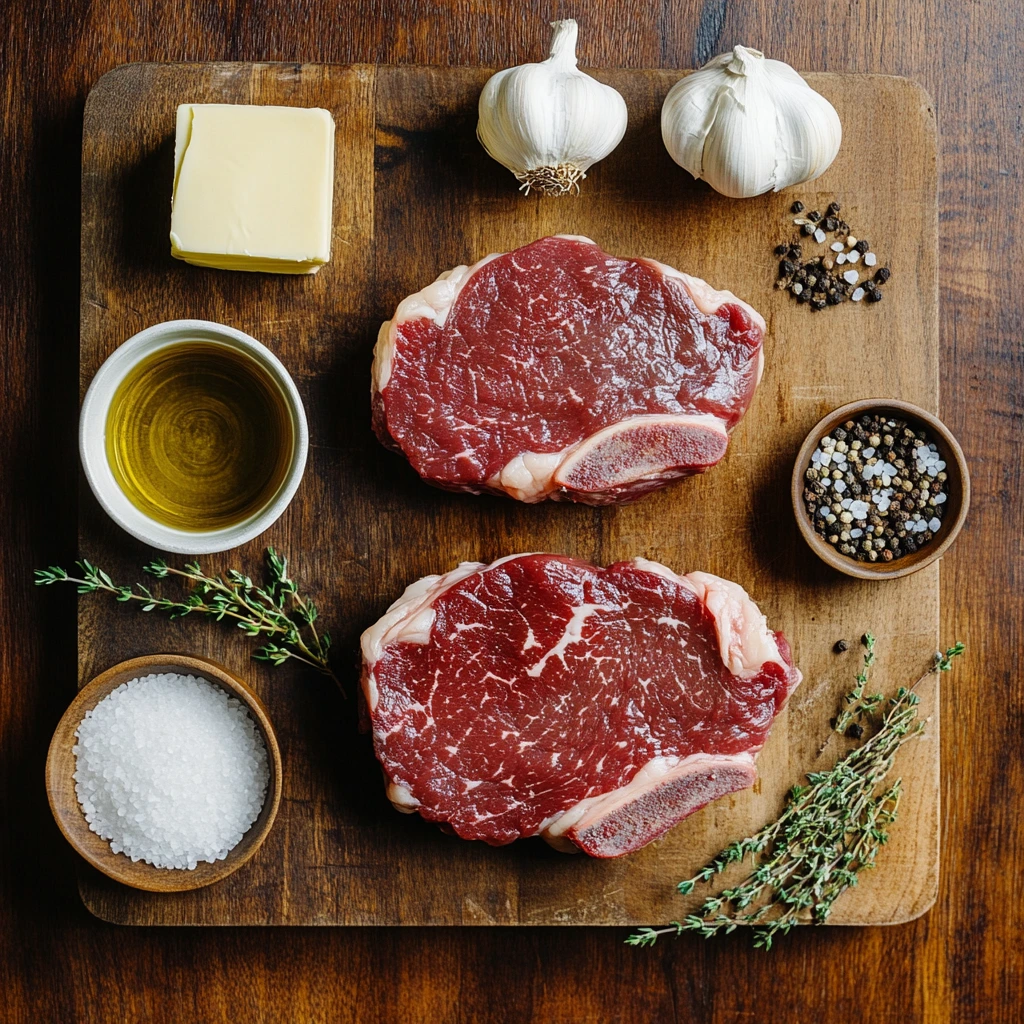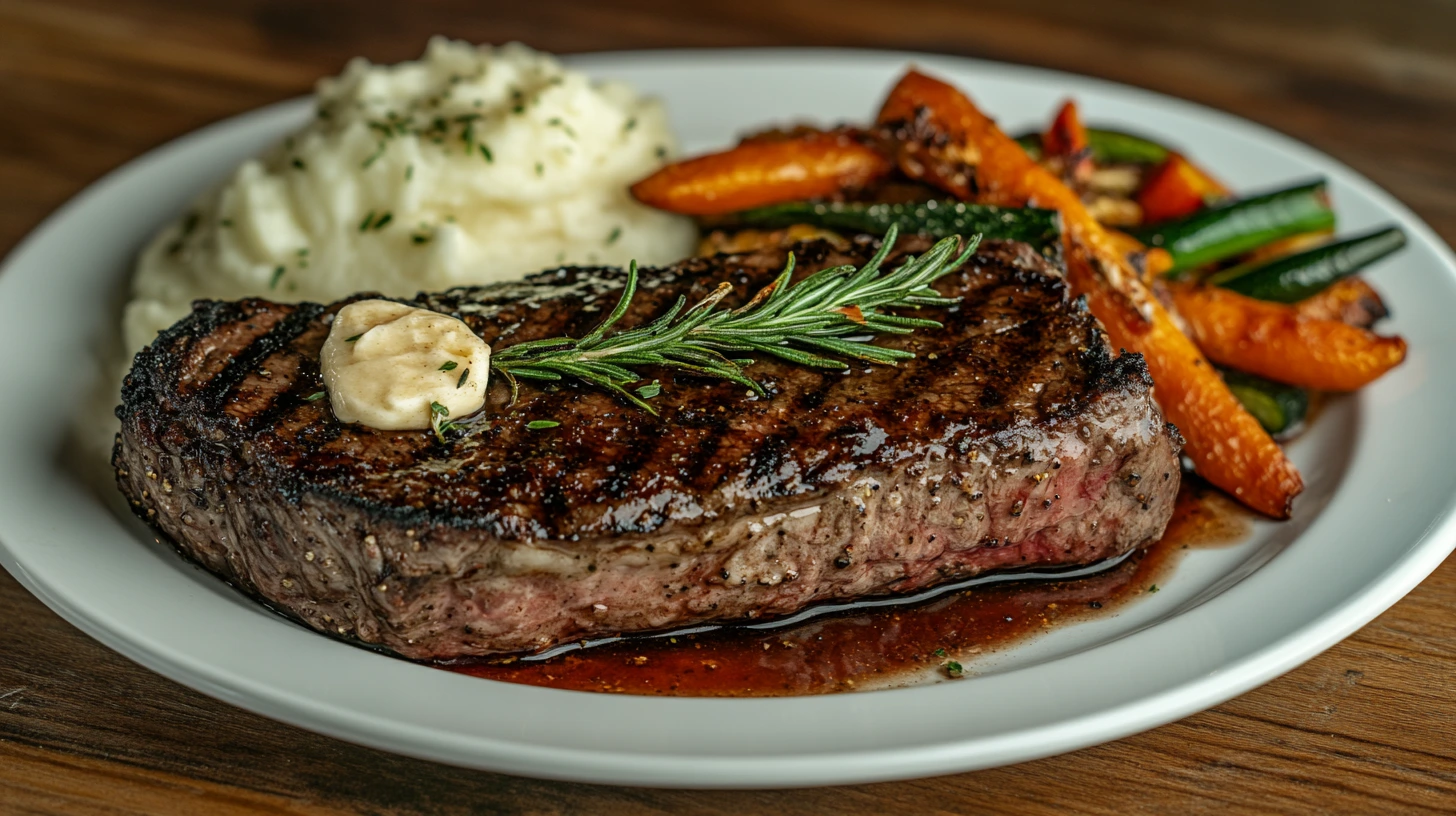Steak lovers, listen up! The chuck eye steak is here to change the way you think about affordable cuts of beef. Known for its rich marbling and robust flavor, this underrated gem offers a steakhouse-quality experience without the high price tag. Enter the chuck eye steak, a culinary secret that combines taste, versatility, and affordability. chuck eye steak, a culinary secret that combines taste, versatility, and affordability.
This guide dives deep into everything you need to know about chuck eye steak. From selecting the best cut to cooking tips and recipes, you’ll soon see why this steak deserves a place in your kitchen.
Table of Contents
What Is This Cut of Beef?
The Origin Story
Chuck steak is sourced from the shoulder section of the cow, specifically from the chuck primal near the ribeye. It’s sometimes nicknamed the “poor man’s ribeye” due to its similar marbling and beefy flavor—but at a fraction of the cost.
Key Features
- Rich Flavor: The natural marbling ensures juicy and flavorful bites.
- Affordable: Offers premium steak qualities without the premium price tag.
- Versatile: Perfect for grilling, searing, broiling, or slow cooking.
Chuck Steak vs. Other Cuts
- Chuck Steak vs. Ribeye: While ribeye is known for its consistent tenderness, chuck eye steak’s flavor can rival it when prepared correctly.
- Chuck Steak vs. Sirloin: Chuck steak is fattier and more flavorful, whereas sirloin is leaner and less marbled.
Why Should You Consider This Cut?
Incredible Value
Chuck steak is ideal for those who want the steakhouse experience on a budget. Despite its lower price, it delivers robust flavor and tenderness when prepared correctly.
Versatility in the Kitchen
From quick high-heat cooking to low-and-slow braising, chuck eye steak adapts to various cooking styles and recipes. Use it for steaks, stir-fries, stews, or even tacos.
A Healthy Protein Option
Packed with essential nutrients, chuck eye steak provides high-quality protein, iron, and vitamin B12—important for maintaining energy and overall health.
Meal Planning with Chuck Steak
- Weekly Meal Prep: Grill or pan-sear multiple chuck steaks and store them for salads, wraps, or rice bowls.
- Freezer-Friendly: Chuck steak freezes well, making it a convenient option for future meals.
How to Choose the Best Steak for Your Needs
Tips for Choosing Your Steak
- Look for Marbling: Fine streaks of fat throughout the meat ensure a juicy steak.
- Bright Red Color: Indicates freshness and quality.
- Even Thickness: Helps the steak cook evenly.
Where to Shop
Visit a trusted butcher for the freshest cuts or check your local supermarket’s meat section. Look for labels such as “boneless chuck eye steak” or “shoulder steak.” Some stores even offer pre-marinated options for convenience.
Budget-Friendly Bulk Buys
Consider purchasing a larger chuck roast and slicing it into individual steaks yourself. This approach is cost-effective and allows you to control the thickness.
Key Tips for Preparing Your Stea
Before Cooking
- Room Temperature: Let the steak rest at room temperature for 30 minutes before cooking to ensure even heat distribution.
- Seasoning: A generous rub of salt and pepper highlights its natural flavor. For extra depth, add garlic powder, smoked paprika, or herbs.
Tenderizing Techniques
- Marinate: Use a mixture of acidic ingredients (like vinegar or citrus juice) with oil and spices to break down tough fibers.
- Pound It: Gently use a meat mallet to tenderize the steak.
- Dry Brining: Salt the steak and let it sit uncovered in the refrigerator for a few hours to enhance tenderness and flavor.
Best Ways to Cook This Steak

Grilling
- Prep: Preheat the grill to high heat.
- Cook: Grill each side for 3-4 minutes for medium-rare. Use a meat thermometer to check for doneness (130°F for medium-rare).
- Tip: Let the steak rest for 5 minutes before serving.
Pan-Searing
- Skillet: Heat a cast-iron skillet over medium-high heat with a drizzle of oil.
- Sear: Cook each side for 3-4 minutes until a crust forms.
- Flavor Boost: Add butter, garlic, and herbs like rosemary to the pan for basting.
Broiling
- Setup: Place the steak on a broiler-safe pan about 4-5 inches from the heat.
- Timing: Broil for 5-6 minutes per side, watching carefully to avoid overcooking.
Slow Cooking
- Ideal for Tougher Cuts: Combine chuck eye steak with vegetables, broth, and seasonings in a slow cooker. Cook on low for 6-8 hours for melt-in-your-mouth tenderness.
- Recipe Ideas: Use slow-cooked chuck eye steak for shredded beef sandwiches, tacos, or hearty stews.
Recipe: Perfect Pan-Seared Chuck Steak
Ingredients
| Ingredient | Quantity |
|---|---|
| Chuck steak | 2 (8 oz each) |
| Olive oil | 2 tbsp |
| Salt | 1 tsp |
| Black pepper | 1 tsp |
| Garlic (minced) | 2 cloves |
| Butter | 2 tbsp |
| Fresh thyme | 2 sprigs |

Instructions
- Season the Steak: Rub both sides of the steak with salt and pepper.
- Heat the Pan: Add olive oil to a cast-iron skillet and heat until shimmering.
- Sear: Cook the steak for 3-4 minutes on each side.
- Add Aromatics: Lower the heat, then add butter, garlic, and thyme. Spoon the melted butter over the steak.
- Rest and Serve: Let the steak rest for 5 minutes before slicing and serving.
Frequently Asked Questions (FAQ)
What’s the Difference Between Chuck Steak and Chuck Roast?
Chuck steak is a thinner, more tender cut ideal for grilling or searing, while chuck roast is thicker and better suited for slow cooking.
Can Chuck Steak Replace Ribeye in Recipes?
Yes! While slightly less tender, chuck eye steak’s flavor profile makes it a great substitute for ribeye in many dishes.
How Do I Store Leftover Steak?
Wrap tightly in foil or store in an airtight container. Keep in the refrigerator for up to 3 days or freeze for up to 6 months.
What’s the Best Way to Reheat Chuck Steak?
Reheat in a skillet over low heat with a pat of butter or in the oven at 250°F until warmed through.
Can I Use Chuck Steak for Stir-Fries?
Absolutely! Slice it thinly against the grain and quickly stir-fry it with your favorite vegetables and sauces.
Delicious Pairings for Chuck Steak
Side Dishes
- Roasted Potatoes: Crispy on the outside and fluffy on the inside.
- Grilled Asparagus: A healthy, smoky side dish.
- Creamed Spinach: A rich and decadent complement to the steak.
Sauces
- Chimichurri: Adds a fresh, herby kick.
- Red Wine Reduction: Elegant and flavorful.
- Garlic Butter: Classic and simple.
Conclusion: Why Chuck Steak Belongs in Your Kitchen
The chuck eye steak is more than just an affordable cut—it’s a versatile, flavorful option that can elevate any meal. Whether you’re a grilling enthusiast or a home cook looking for an easy weeknight dinner, this steak delivers every time. Head to your local butcher or grocery store, grab a chuck eye steak, and discover the delicious potential of this underrated gem.

